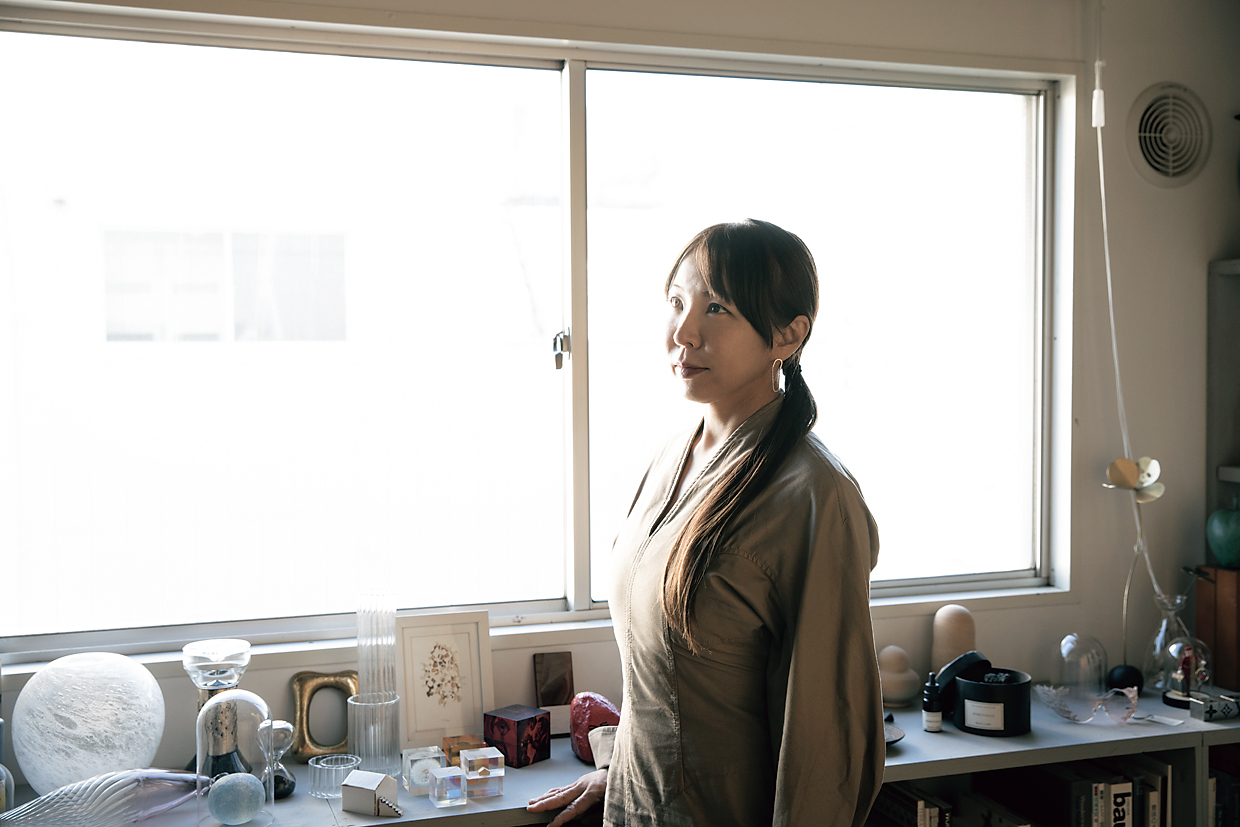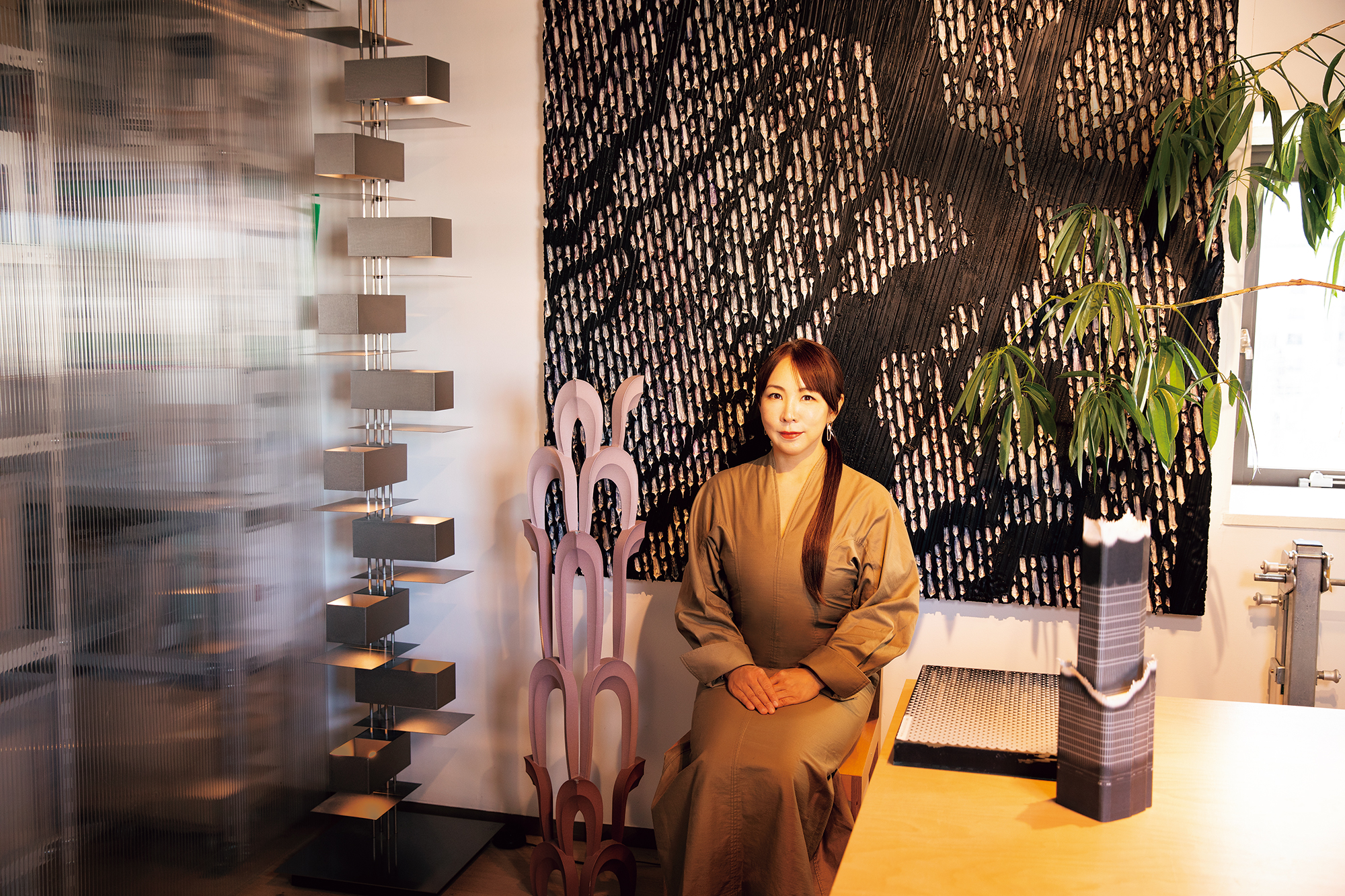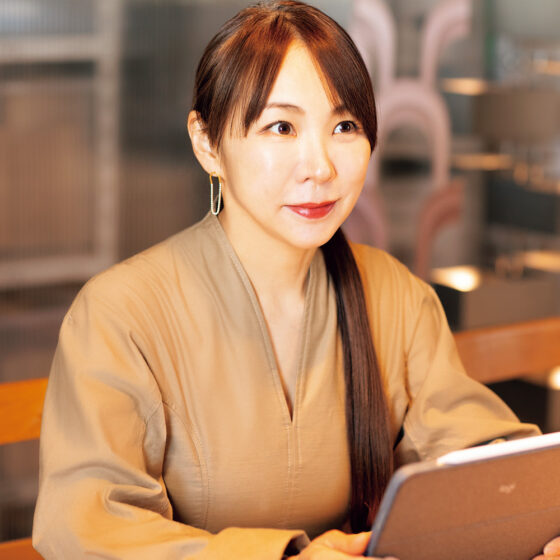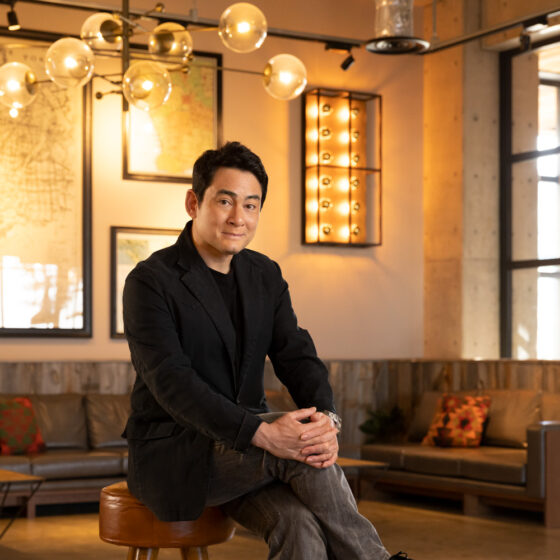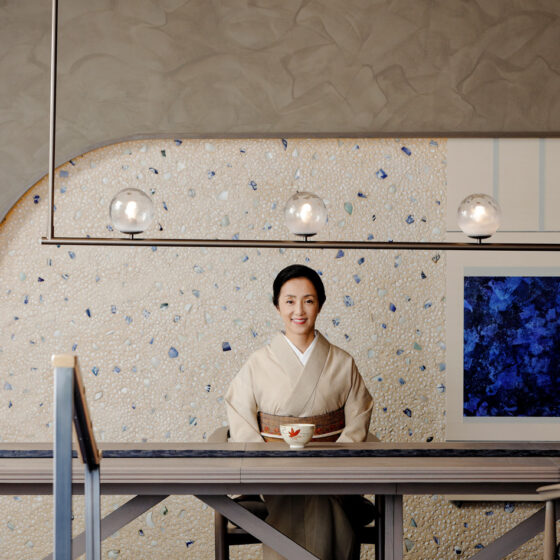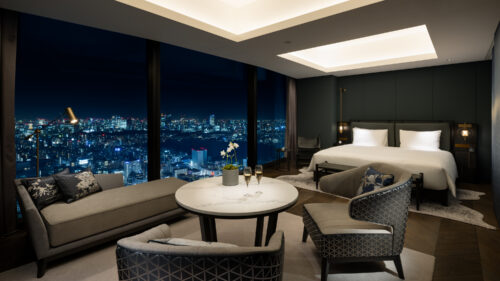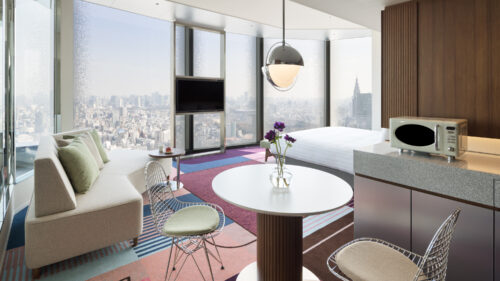- This April, Tokyu Kabukicho Tower will open in the Kabukicho district of Shinjuku, Tokyo, on the former site of Tokyu Milano.
The tower’s faÇade was designed by world-renowned architect Yuko Nagayama, whose works include JINS PARK Maebashi and the Japan Pavilion at EXPO 2020 Dubai.
We asked Nagayama about the difficulties she faced behind-the-scenes during the conception of the tower - which took more than six years to complete - as well as her ideas behind the design.
As a child growing up in Asagaya, Shinjuku’s Kabukicho district was a place I associated with the cinema or shopping on a day off. Even now, I go to Kabukicho to watch movies with my children. When I was invited to design the Tokyu Kabukicho Tower, I began researching the history of the area, and learned that it was thanks to Kihei Suzuki, a local resident, that Kabukicho became a major entertainment destination: he decided that what the people of post-war Japan needed was entertainment, and rallied behind the reconstruction effort soon after the war. Kabukicho is a special place in Tokyo, and so I wanted to keep this origin story in mind as I planned the design.
Originally, the entire area used to be a swamp with a river running through it. As a remnant of this past, Benten, the goddess of water, is enshrined in the middle of the district. There was also once a plaza in front of where Tokyu Kabukicho Tower now stands, with a famous fountain that students would jump into. With fountains, you are essentially seeing the momentum of water as it rises up from below. This made me think about all of the people, with their vitality and unique thoughts, flowing into the city and culminating in this very spot. By weaving together the stories and history of this city, I eventually arrived at the idea of designing Tokyu Kabukicho Tower as a symbolic new fountain.
Another major feature of this tower is that it will be Japan’s first entertainment skyscraper mainly composed of a theater, cinema and hotel - no office floors as typically found in other skyscrapers. Buildings with offices in them often feel masculine and authoritative. But if it’s a building dedicated to entertainment, I thought we could adopt a design that is more dainty, with a wavering, quality that mimics the movement of water.
Unique ideas and meticulous verification.Expressions created on the tower
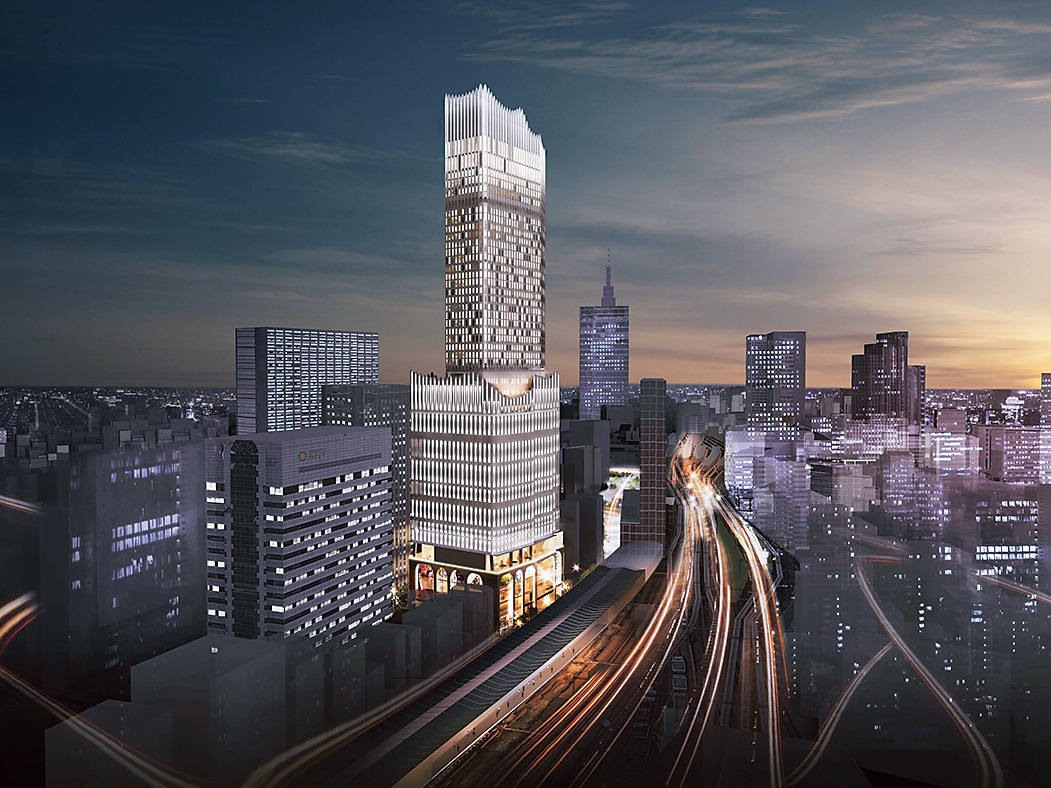
- That said, how can we express the quality of water in a high-rise building made of hard materials? In my previous projects I had explored the nature of light
and reflection, and this led me to think about the glass covering the exterior of the building. I thought that if we could find a way to somehow control the reflective characteristics of glass, we could give it an ephemeral, wavering quality.
The glass panels around the tower are placed so that they each refract light at slightly different angles, and if you look closely, all of about 4000 panels have patterns printed on them to express the movement of water. It was difficult devising a series of patterns to create the visual effect of a fluffy gradation when viewed from a distance, and making sure it won’t obstruct the view from any of the rooms of the hotel situated in the building’s middle to upper floors; almost like figuring out a puzzle. Some staff members worked for months solely on designing this layout.
At first, we were told that printing such a detailed pattern with millimeter-thin lines was impossible to achieve with silk-screen printing on glass, but after making repeated adjustments, we managed to print with a high degree of accuracy, with only one of the 4000 panels ending up with a misprint and modified.
High-rise buildings are subject to strict safety and other regulations, and are also required to be functional. For example, the top of the tower needs to be designed to accommodate the space to install window cleaning gondolas and helicopters landing on the emergency firefighter heliport. All of this was taken into consideration in the final design, which is intended to express the momentum of water well up.
Using light and reflection, we wanted to give the tower a unique look. It took many rounds of verification to make this idea a reality, but we managed to succeed thanks to the cooperation of professionals in various fields.
Interior lighting is another facet of light that we explored. We often see office towers with horizontal strips of light going through them because entire floors are illuminated. On hotel floors, however, rooms are lit up individually, and each window looks like a scattered light particle. We used arch-shaped windows to convey how each light represents a window of human scale, with people existing behind them.
Also, the horizontal and vertical series of arches looks like the traditional Japanese seigaiha motif that symbolizes water.
We are working on various ideas for illuminating the tower: it will be lit up during seasonal events such as Christmas, and a “Stage Evangelion Beyond”-themed light-up is also in the works to commemorate the theater’s inaugural performance of an Evangelion stage play, so these are some of the things people can look forward to.
Tokyu Kabukicho Tower was my first design project for a skyscraper. The reason why we designed it so meticulously, examined everything repeatedly, and paid so much attention to it was because, despite the difference in the scale of the work, we adopted the exact same stance as when we approach smaller-scale rojects such as residential stores and cultural institutions.
Since the building is so large, you may think that the details we insisted on won’t matter so much when viewed from afar. But these meticulous details are sure to affect the building’s impression. And even when seen from far away, I believe the details will have an impact on how the tower appears, rising up like a fountain in the cityscape. 